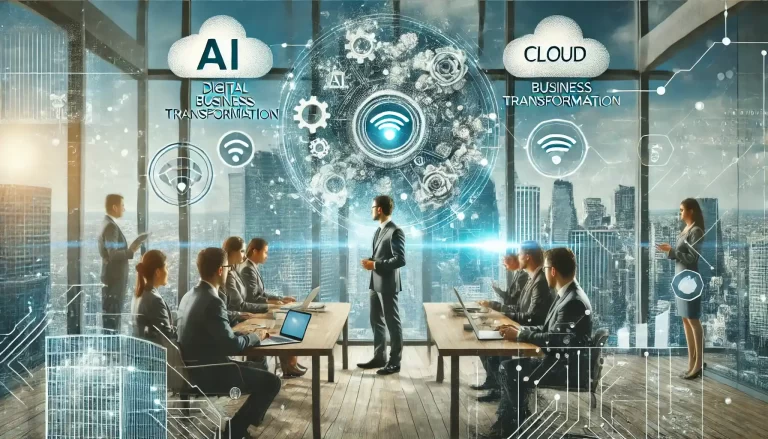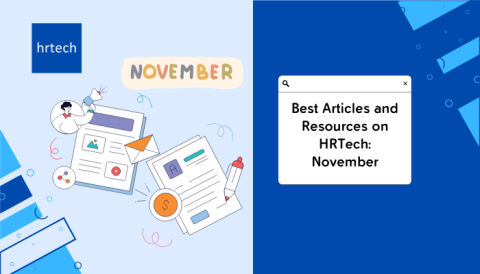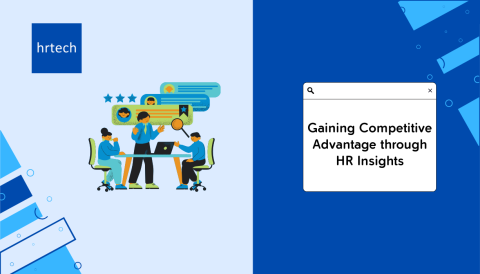When considering the necessity of HR digital transformation, it’s important to recognize that updating HR processes with automation and data is a critical move. This shift caters to an increasingly digital-savvy workforce and prepares businesses for an ever-evolving market environment.
Implementing HR digital transformation has notable advantages. It streamlines and optimizes procedures, which in turn leads to more productive employees and fosters improved employee experiences.
For digital HR success, it’s essential to have a precise goal, strong leadership support, and an environment that encourages innovation.
To establish a clear goal, focus on addressing employees’ challenges. Ensure that everyone, from top executives to entry-level employees, is aligned with the vision. It’s beneficial to start with simple, small steps. Ideas should be prioritized based on their potential impact and the effort required to implement them. It’s also crucial to evaluate and refine performance regularly. Another key aspect is to foster an inclusive digital culture within the organization.
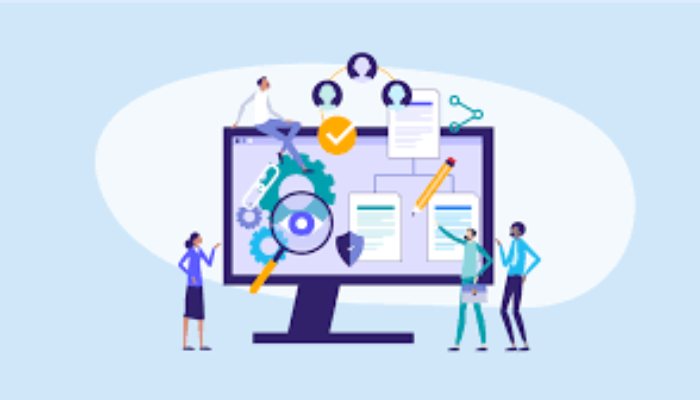
In the initial stage of digital HR transformation, traditional HR operations dominate. These are characterized by manual processes and a reliance on paper. This stage does not represent the transformation that is to come, as it is often marked by:
- Outdated HR tools and technologies
- Limited use of digital methods for improvement
- A lack of strategic foresight
At this stage, organizations are at a standstill, using old-fashioned methods and not fully recognizing the benefits that digital innovation can bring.
Moving forward, as the institution’s challenges are addressed, HR teams begin to explore Stage 2 of the digital HR transformation journey. This stage involves finding innovative ways to keep employees engaged and drive organizational success.
Keep in mind, as you progress through your transformation, that aligning digital HR transformation with your organization’s objectives means you will be:
- Automating and optimizing HR processes
- Utilizing data for informed decision-making
- Enhancing the overall employee experience while also managing to reduce costs
It’s vital to ensure that your HR digital transformation process positions HR as a strategic asset for the business, not just a cost center.
Present and Active:
Embrace digital transformation in HR. Focus on getting basic HRIS (Human Resources Information System), cloud-based tools, and payroll software to make your HR tasks better and faster.
Start using automation and analytics. Also, get your HR people trained for new skills. Concentrate on getting basic digital tools, using automation, and learning about analytics. Consider starting with affordable WordPress hosting if you’re building an internal HR portal or training site—it’s a simple, budget-friendly way to support your digital shift. The main job of the Central HR Digital Transformation Team is to shape how the company changes its HR to digital. This is a big part of the company now.
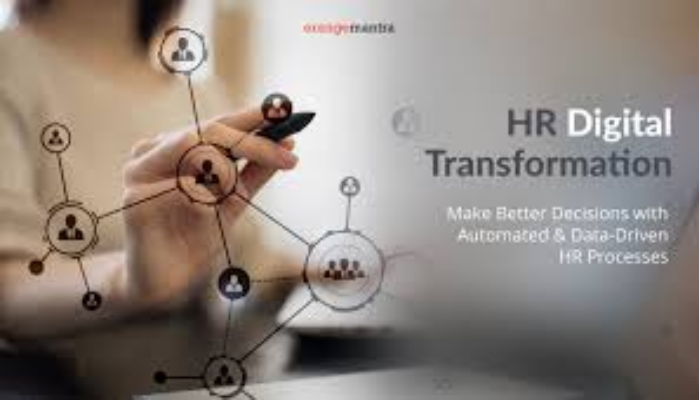
HR teams work with the top bosses to plan and make changes in HR that fit with the big plan for the whole business. Making and following a digital transformation plan for HR:
- At this point, the HR digital transformation team makes a plan for a few years that connects HR with all parts of the company. A good plan helps make smart choices.
- Digital HR transformation has become very important. It helps the business do well and cares for the company’s big needs.
Tactical Measures for Consolidating HR Transformation:
In the second phase of digital HR transformation, taking practical steps to improve your strategy is important. Teach your employees and collect basic data. Use tech to make this easier so that:
- HR people can work on important stuff like planning for the workforce and ensuring employees are involved instead of doing the same things repeatedly.
- Everyone at work understands what digital transformation is and why it’s good.
- You have good employee info to help make big decisions.
Here are some practical things you can do:
- Use automation: Get HRIS and learning systems to handle training programs. This lets HR focus on making these programs better for employees.
- Teach digital skills: Help employees learn about digital tools when they start and keep teaching them so they can get better and adapt easily.
- Start collecting data in a standard way: Use automation to collect employee info regularly and in detail.
Conclusion:
The digital HR transformation is changing HR work quickly. It’s a smart answer to workers who know a lot about digital stuff and to how business is always changing. This change makes HR work smoother and uses less paper, and it also makes workers do better and feel better at work. It helps make a work culture where everyone comes up with new ideas and includes everyone.
Putting digital tools to work and having a good plan for changing things helps make sure that HR changes go with the big plans for the business. The last parts of this change help HR people spend more time on important things like planning for the workers’ future.
HRTech is a top place to look at how tech and HR come together. It has lots of helpful things like talks, how-to guides, and real stories to help your business get through the digital HR transformation. These things give your HR teams what they need to use digital ways well for your business.
No matter if your business is just starting the digital HR transformation or is already doing it, HRTech is where you can find out how to do well, make workers’ experiences better, and help your business grow.
